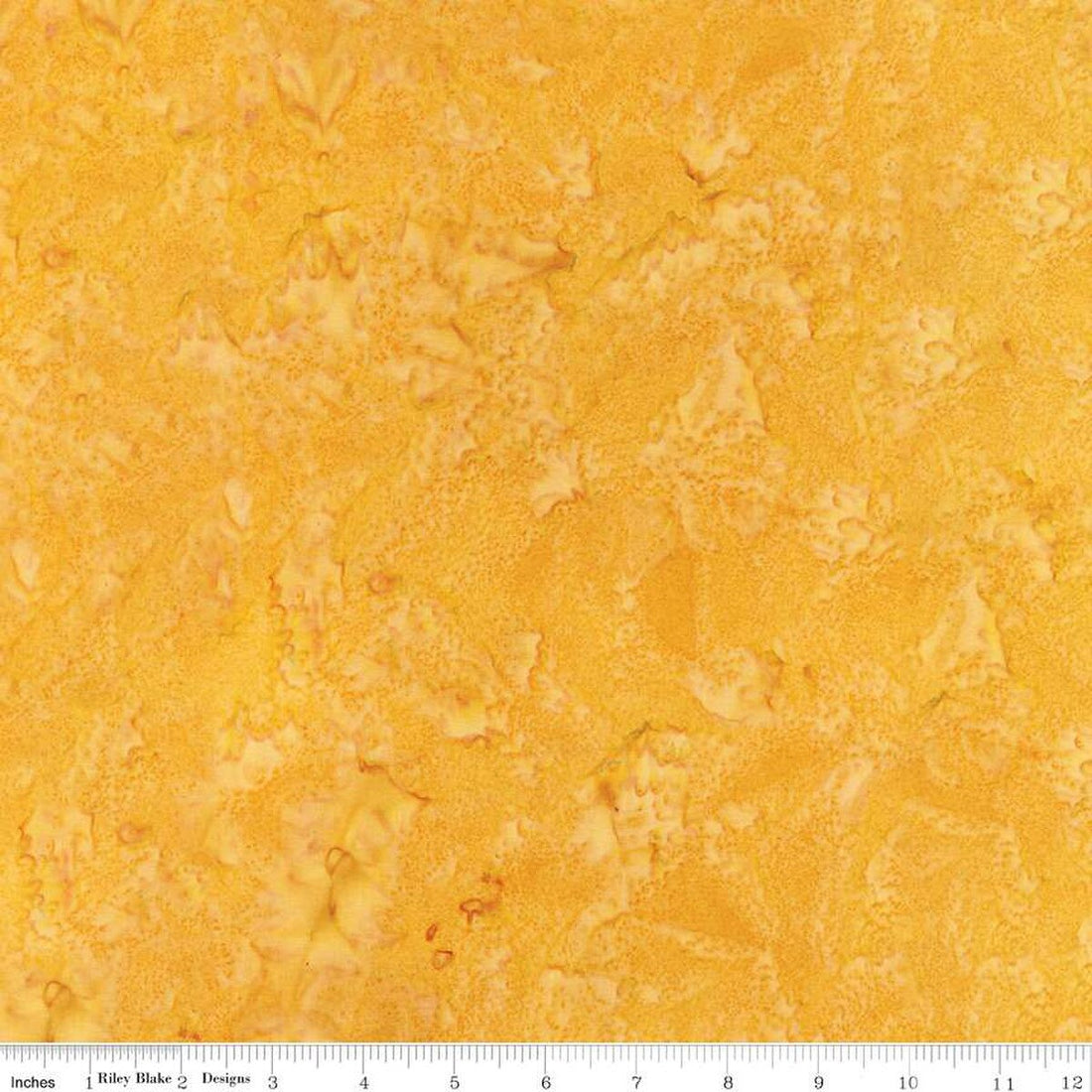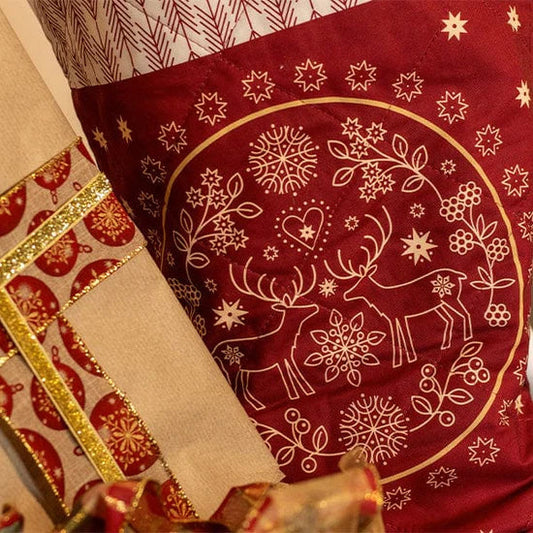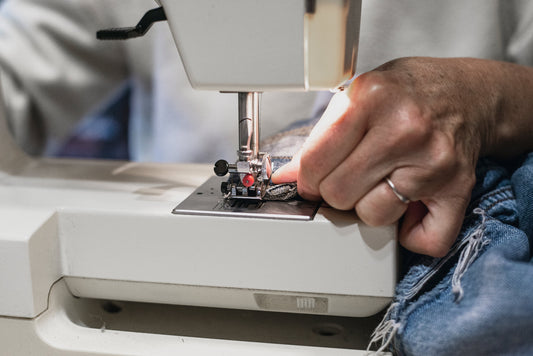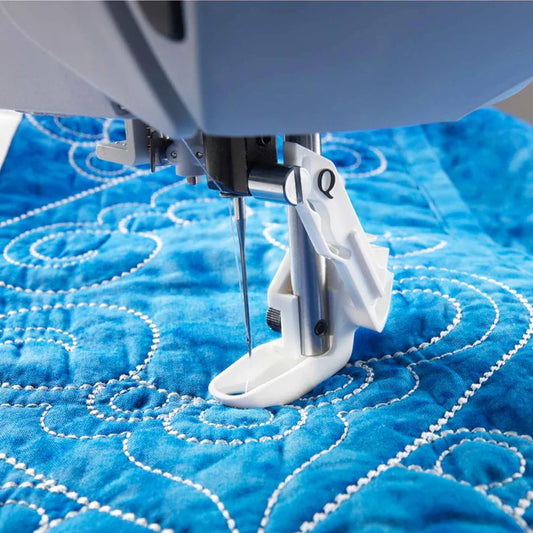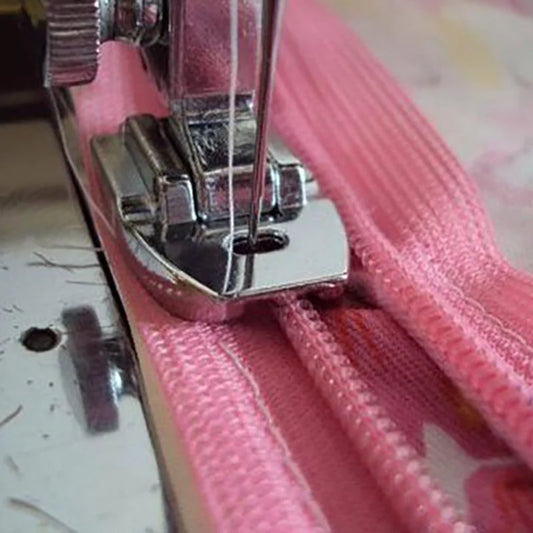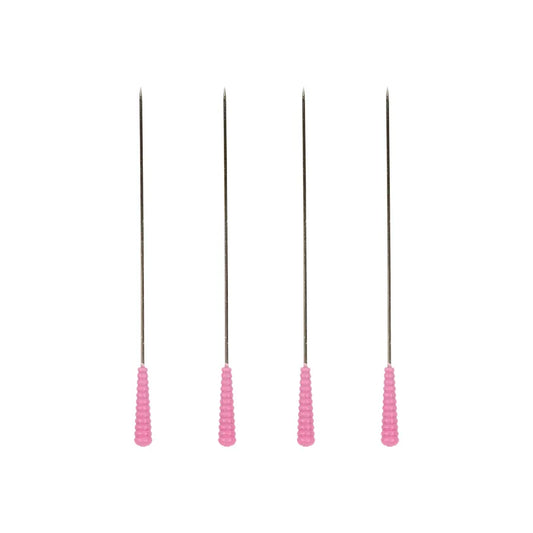In quilting, a key idea is the golden rule. It comes from the Golden Ratio, a math concept found in nature and loved by artists. This rule guides quilters to make beautiful, precise quilts that follow nature's laws.
The golden rule is at the heart of quilting. It's seen in every stitch and seam. By using the Golden Ratio, quilters aim to create quilts that reflect the Fibonacci sequence. This sequence is about adding numbers together, leading to a special number around 1.618.
This principle encourages quilters to aim for balance and beauty in their work. It's about more than just making something useful. It's about creating something visually pleasing and harmonious.
Key Takeaways
- Embracing the Golden Ratio helps in achieving quilts with natural beauty and flow.
- Quilting principles incorporate the precise, mathematical approach to design and arrangement.
- Harmonious quilts often follow the quilting guidelines set by the Golden Rule.
- Effective sewing techniques are pivotal for implementing the Golden Ratio.
- The Fibonacci sequence plays an essential role in quilt pattern creation.
Exploring the Fundamentals of Quilting
Quilting is a mix of art and engineering, needing precision and the right materials. Whether you're starting out or improving your skills, knowing the basics is key. This includes sewing techniques, fabric choices, and quilt piecing.
The Importance of Precision in Sewing Techniques
Sewing techniques are at the core of good quilting. For beginners, paying close attention to detail and keeping your stitches even is important. Using quilting tutorials can help you learn from the simple running stitch to the complex feather stitching.
Understanding Fabric Choices and Their Impact
Picking the right fabric choices greatly affects your quilt's look and durability. High-quality fabrics make your quilt more beautiful and last longer. Whether you choose cotton, silk, or a mix, each fabric behaves differently when sewn together.
Mastering the 1/4" Seam Allowance for Perfect Piecing
For beginners, learning the 1/4" seam allowance is crucial. This standard ensures your pieces fit perfectly without extra bulk. Using a quarter inch presser foot or a marking guide helps keep your seams precise, especially when working on complex designs.
- Consistent seam allowances ensure accurate piecing
- Enhances the overall appearance and alignment of quilt blocks
- Prevents the quilt from puckering during the final quilting process
By following these basic principles, quilters can create projects that look great and are well-made. This shows the beauty of creativity and careful work.
What Is the Golden Rule in Quilting?
When you ask what is the golden rule in quilting, it's key to know its roots in the Golden Ratio. This ratio, 1:1.618, is found in nature and art, including quilting. It helps make quilt designs look good and balanced.
The what is the golden rule in quilting affects how quilters plan their work. It makes sure each part of the quilt fits well together. This creates a look that's both natural and carefully made. Here's how it shows up in quilting:
- Maintaining proportional borders and sashing that complement the main quilt blocks.
- Designing patterns where the dimensions reflect the Golden Ratio, enhancing overall visual appeal.
- Choosing fabric patterns and quilting stitches that emphasize an aesthetic balance across the quilt.
The what is the golden rule in quilting is all about balance. It's not just about math; it's about creating something beautiful. Quilters often use this rule without even realizing it, making their work look great and well-structured.
Incorporating the Golden Ratio in Quilt Design
Quilting's beauty comes from math, especially the Fibonacci sequence and Golden Ratio. These ancient formulas make quilt patterns visually stunning. They add a natural harmony that is both beautiful and complex. We'll explore how these math concepts can make quilting better, with tips for all skill levels.
How the Fibonacci Sequence Influences Quilt Patterns
Quilt designs get a sense of balance with the Fibonacci sequence. This pattern of numbers makes quilt blocks look good together. It's great for beginners, making it easier to design quilts that look amazing.
Creating Harmonious Designs with the Golden Ratio
Harmonious quilts come from careful planning and math. The Golden Ratio helps find perfect symmetry in patterns. It makes quilts look like art, with proportions that mirror nature.
Examples of Golden Ratio in Iconic Quilts
Many famous quilts use the Golden Ratio. They show growth patterns in nature. These quilts are great examples in quilting tutorials, showing the power of math in design.
Conclusion
The world of quilting shows us that the Golden Rule is more than a simple rule. It's a way to create art that reflects nature's beauty and classic art. For new quilters, learning this rule can change their journey. It turns their first steps into confident creations.
Starting quilters find great value in the Golden Ratio. It helps them make quilts that please the eye and touch the heart. This advice is key for those just beginning.
Even experienced quilters can find joy by going back to these timeless principles. They seek to add more balance and proportion to their work. This effort makes their quilts elegant and meaningful.
This journey shows that every quilter's path is made better by understanding the Golden Ratio. When design principles meet this formula, the results are stunning. These quilts have a timeless beauty that connects past and present.
Quilting at its best combines technique, creativity, and history. It creates lasting treasures that are cherished for generations.
FAQ
What is the Golden Rule in quilting?
The Golden Rule in quilting is about the Golden Ratio, or Golden Proportion. It's about 1.618. This math concept helps quilters make designs that look good by using balanced proportions.
By using the Golden Ratio in quilt layouts and block sizes, quilters can make something beautiful.
Why is precision in sewing techniques important in quilting?
Precision is key in quilting because it makes sure the quilt pieces fit right and the design looks as planned. Keeping a precise seam allowance, like 1/4", is crucial. It helps blocks line up without puckering.This precision makes the quilt look better and shows off the quilter's skill.
How do fabric choices impact a quilt?
The fabrics used in a quilt affect its look, feel, and how long it lasts. For heirloom quilts, it's best to use high-quality fabrics. They keep their color and shape over time.Low-quality fabrics might fade or fall apart, ruining the quilt's appearance and durability.
What is the standard seam allowance for quilting?
For quilting, the standard seam allowance is 1/4". This is different from the 5/8" used in clothes. The 1/4" seam helps the quilt pieces fit together well and look good together.
How do the Fibonacci Sequence and the Golden Ratio relate to quilting?
The Fibonacci Sequence and the Golden Ratio are related math concepts. The Fibonacci Sequence is a series of numbers that gets closer to the Golden Ratio. In quilting, using these numbers can make designs look natural and pleasing.
Can you provide examples of how the Golden Ratio is used in iconic quilts?
Famous quilts often use the Golden Ratio. They use squares or shapes that get bigger following the Fibonacci sequence. This makes the quilt look balanced and beautiful.Looking at these quilts can inspire modern quilters to use similar patterns in their work.
How can quilting beginners apply the Golden Ratio to their projects?
Beginners can learn about the Golden Ratio and how to use it in quilting. They can start by using the ratio to figure out block sizes or border widths. This can help make their projects look good.It's also good for beginners to study examples and practice with small projects before tackling bigger ones.

